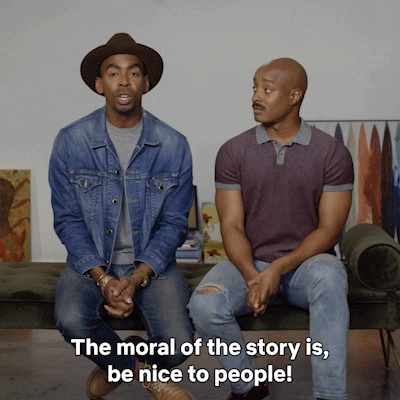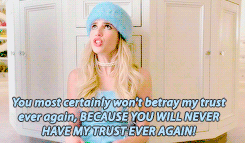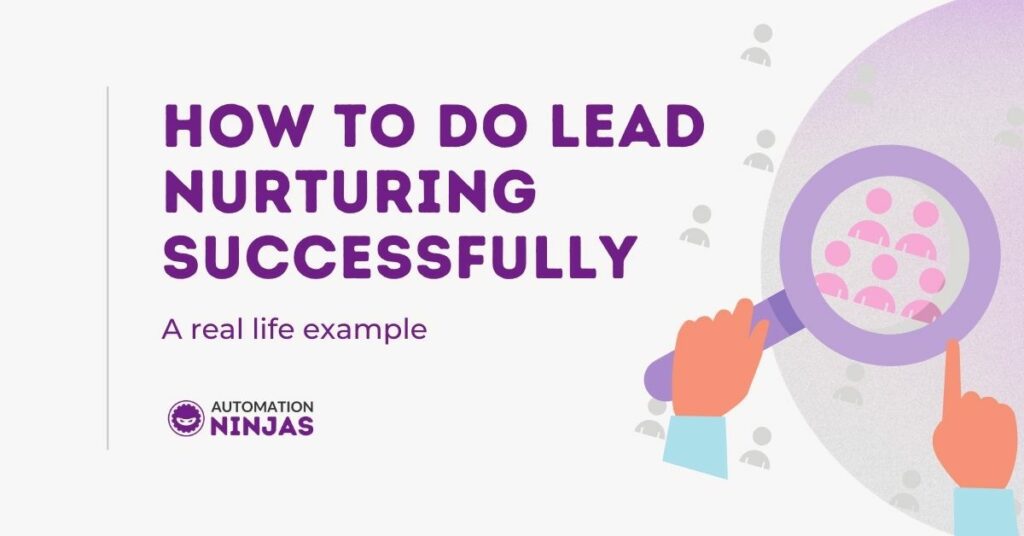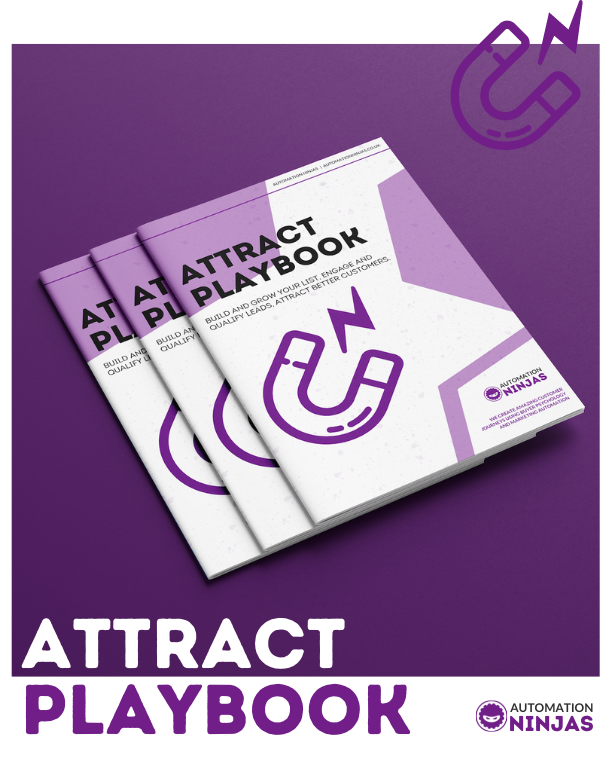AUTHOR: Kenda Macdonald
As a dedicated consultant, I specialise in elevating businesses through top-tier consultancy, fueled by a deep understanding of buyer psychology cultivated over years of experience. My expertise lies in crafting marketing and sales strategies that propel businesses to new heights by leveraging insights into the buyer brain. As a bestselling author, public speaker, and strategist, my passion for decoding human behavior drives me to innovate and deliver unparalleled results. I've designed a methodology adaptable for all types of businesses, ensuring transformative customer journeys and experiences.
Lead nurturing is an amazingly powerful tool when done successfully. That statement alone could be the end of this blog post, but let’s not simply take my word for it, let’s talk numbers.
What if I said you could do one thing and double your campaign performance? And by double I mean a 231% increase in conversion rates. And what if I said that each of those people that purchased would spend more money on each purchase - around 126% more. So that’s double the amount of people purchasing and buying higher priced things… Just by doing one thing.
Seems too good to be true right? Fortunately, not so. This one thing will not only increase your conversion rates, and your average order value, but it will increase your customer lifetime value, engagement rates and decrease your opt-outs.
Suspend your disbelief. That one thing you need to do is simple: Be nice to your leads.

Good quality lead nurture creates good quality customers.
It’s not much more complicated than that. The most unbelievable thing about it is that more businesses don’t do it. So allow me to show you precisely how you should be doing your lead nurture. I’d like to walk you through a strategy that will change your relationships with your customers for the better. And I’d like to prove what I’m saying with some real life data. Ready? Let’s rock and roll.
As we move and shake our way through this chunky post, you’ll read the word “ecommerce” a lot. The definition for ecommerce is “commercial transactions conducted electronically on the Internet”, in other words taking money online for products or services. If you’re selling online, you’re ecommerce...
Even if you’re not an ecommerce business, pay *particularly* close attention. Traditional ecommerce marketing can be exceptionally good at focusing on customer lifetime value. That’s something we can all take notes and learn from. Not only that, there are specific ways of tracking this that I’ve only ever seen used in ecommerce. I’d like to share some of their secrets with you. Additionally, the data set we are using is part of an ecommerce marketing strategy that we put together for a client of ours.
Like with most businesses, ecommerce lead generation can be tough. There are often large amounts of competition, both for your products and for consumer attention. So when you get a lead, you don’t want to waste it. Consumers are not always ready to purchase straight after opt-in or displaying interest. Some people need time and hand holding before they are ready to make the decision. And that is precisely what lead nurture does.
What is lead nurture?
Lead Nurture is systematic engagement strategy over a period of time. At its most basic it’s a way of warming leads up and keeping your list engaged. It’s simply being nice and adding value, spending the time treating your prospects like humans, for long term relationship building and increasing the leads that become sales ready.
But it’s more than a prospect strategy. It’s also a method of staying top of mind and keeping customers engaged. Used effectively it will improve effectiveness of sales campaigns, increase your average order and customer lifetime values.
The strategy is simple: deliver value over time. And you do this by using a long term nurture campaign. Long term nurture campaigns do as they say on the tin, but are also called Drip Marketing/ Drip Emails/ Drip Campaigns.

These are all the same, just different bits of jargon to say the same thing. Drip is simply the method of sending lots of little pieces of information over a time period. This is an extremely successful way to nurture.
Download our Attract playbook
Attract your ideal client with our step by step playbook
How do you do lead nurturing well?
1. The core content
The first step to start putting your own nurture strategy together begins with deciding what content you’re going to include in your long term nurture campaign. The very same kind of content that you’re already using to attract your leads in the first instance will work here. Talk to them about what they care about. Teach your leads, prospects and customers about their problems. Adding value through this content is at the core of the strategy.
It’s important that your lead nurture emails are NOT SALES emails. These are pure value add. You want to be welcome in the inbox.
2. The frequency
Once you have some ideas, decide on how frequently you’re going to send your emails. Once a week or twice a month are two decent options. Leave it any longer than that and you’re not going to be top of mind for your consumers.
3. The content topics and plan
We validate the topics we’re going to talk about with search volume data. Just like building a content plan, search volume for keywords shows us intent and interest. If we know people are searching for a topic we know they are interested. They way they search for it shows their intent. Use this to help you flesh out your ideas.
Use questions that your prospects have asked in the past to build more content ideas out. If you hear the same questions time and time again, create some content for it - your quiet leads that need more hand holding might have the same question, and be too sales averse to ask you.
Then take your questions and ideas and flesh them out further using the big 7 topic categories:
Problems
Cost
Comparison
Best
Reviews
What is
How to
The first 5 are Marcus Sheridan’s Big 5 content categories. These are the categories that people looking to make a purchase decision are most interested in. The last two are the content categories that get the most searches for on Google.
4. Being realistic - using what you have
At this point you’ve pretty much created yourself a content strategy. And here is the kicker, if you’re already creating awesome blogs along these lines, that add value… Use them. Send those blogs out in your long term nurture. It’s a brilliant way of repurposing and distributing your content. Use what you already have.
If you’re not already blogging, this is a great time to start. Content like this is fabulous for SEO, it’s rich with the things your audience cares about, and that means lovely organic traffic from Google. Additionally, we recommend sending blogs out instead of pure emails because you can track link clicks to blogs and that allows you to progressively profile your audience.
So whether you create new content, or use what you already have, start sending it out. Remember though, no sales. That’s not what this is for. This is your baseline communications with your audience, you can still run your sales campaigns alongside this. The nurture campaign is the high tide that raises all boats.
What bad lead nurture looks like
I’ve seen some pretty bad nurture in my days. It’s almost always clumsy, thinly veiled sales emails or blogs, created to get you to click through or purchase without giving you any substance. There is a worse type though, the couple of stale, overly emotive nurture emails before a big event.
Think Black Friday. How many times have you suddenly started to get some emails from a company just before they hit you with some sales. You know exactly what they are up to, you know they are trying to warm you up to launch and hope that you’ll buy, despite being neglected for months..
I got a great example the other day titled “My story” in the subject line, with the text “Why I do it”. I hadn’t heard from this person for over a year. Suddenly I started getting a couple emails a week, and lo and behold I got a sales email for a launch shortly after. It’s poor form. Your prospects aren’t stupid - they know you don’t care and you’ll lose them if you pull selfish stunts like that.

A successful lead nurture strategy - real life
The long term nurture campaign genuinely is the most important campaign we put in place for our clients. While there are many more exciting campaigns that we can build, their results can be shorter lived even if they are often solving a major challenge or smoothing blips and adding improvements to the customer journey. Together those campaigns will accumulate well, but the long term nurture is the real bang for its buck. It’s what gets customer lifetime value. It’s what makes the money in the long run.
Allow me to introduce New Zealand Natural Clothing. Phil and Julie are extremely passionate about high quality clothing made from natural fibres. We’ve been working with them for some time now, and we needed to tackle an engagement problem.

More specifically people were opening emails, but they weren’t converting from the campaigns as well as they could be. Phil really wanted to increase his already healthy conversion rates and up the average order value. He knew that getting repeat sales was the sweet spot for his business. When we suggested a long term nurture he was somewhat sceptical. Especially when we suggested blogging to go along side.
Like most ecommerce businesses, Phil was having a hard time figuring out how he could create content about things that were important to his audience and helping them see the value in his brand. How could they be engaged with more jumpers and socks? Plus of course… there was the associated cost of creating content. So we can’t blame him for being a little skeptical.
Phil knows what’s good for him though, and he trusts us, so he let us get on with it. We’ve recently completed a 12 month analysis of what we did with him, and he’s agreed to share the results.
To hit that gap between what his audience cares about and what his company does so well, we had to create content that was interesting and exciting. It also gave us a chance to showcase Phil’s personality and passion for all things socks and fibre. We created a data driven SEO rich content plan around his core speciality: The fibres themselves. It’s not the clothing that’s special, it’s what they’re made of and the stories behind the garments. Added to that is information on how to care for their purchases and ways to get the best out of their clothing.
Phil is showcasing his passion for what he does, alongside his passion for his customers, through content. Pure value add content being sent out every couple of weeks. It’s also been extremely consistent over that time period so that his audience can trust that he will show up when he said he would.
The results - A case study in Lead Nurture and Engagement
The results of the long term nurture have been awesome. Phil solved his major problem, and he has better engagement than ever. People are opening their emails at a phenomenally healthy 31.5%. Their click through rate averages at 14%.
But that wasn't the major issue, it was whether or not they purchased as a result. Toot the trumpets, do a drum roll because we have the results back from our sales for the year!

Aside from one outlier, every campaign is up by a minimum of 126%. The average is a massive 160% increase in conversion rates.
The increase in conversions through some specific campaigns go as follows:
Field days: 125.49%
Mothers day: 138.56%
Socktober: 147.53%
Black Friday/ Cyber Monday: 231.13%
Black Friday is one of the biggest sales of the year, and to more than double its results is a phenomenal achievement. More than that though, the average order value is up 126.4% too. So that means more people, spending more money. That’s an increase in customer lifetime value we can’t ignore. And the results from this are only getting progressively better with time.
Adding to the wins is the fact that the traffic to the website is also increasing steadily from the blogs. Traffic is up 50% over the year. And the seasonal peaks and troughs clothing goes through have been smoothed out. Some of the best performing content is around topics like: - How to wash merino wool socks - Which Wool is best?- Natural vs Synthetic fibre
- Merino Wool; is it worth it?
- Which socks are best for walking?
Just tapping into what their consumers want to know, adding value and teaching them about why New Zealand Natural Clothing cares about things in the way that they do is significantly increasing the reach, profitability and loyalty the business has.
Advanced things you can do with awesome lead nurture
Aside from all the awesome benefits we’ve already laid out, a long term nurture strategy can also give you some pretty cool data to enhance your customer journey. As your audience engages with your content you can track their behaviour and content preferences. The segmentation potential is huge.
You can then use this information to progressively profile your audience, segmenting them into their personas and preference groups. This means you can offer them the content that’s more appropriate to their likes and dislikes.
You can also use this to behaviourally trigger sales based on engagement thresholds. This increases your conversion rates as you’re only showing the relevant people and sales and marketing materials. Your consumers will love the extreme personalisation capability this gives you.
How are you going to start your nurture?
With all this in mind… what are you going to do to start your lead nurture? What’s your engagement strategy? If you’re not sure how to best approach this, don’t fret.
Lead nurturing is a big part of what we do, so if it’s a challenge you’re facing - let’s chat.



